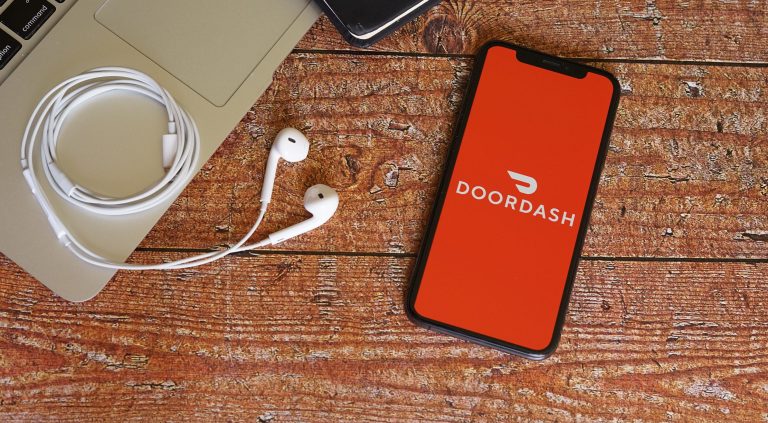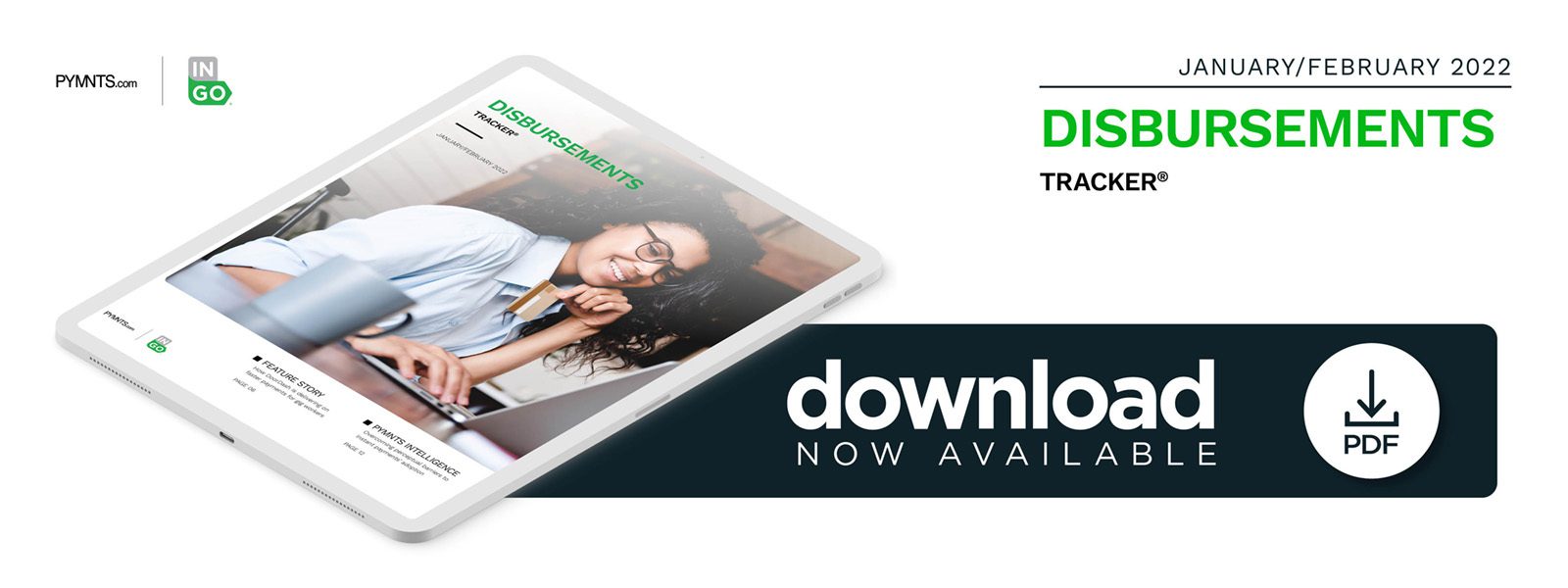How DoorDash Is Delivering on Faster Payments for Gig Workers

Faster access to daily wages has been a lifesaver for gig workers during the pandemic, but remains hard for those without bank accounts. In the Disbursements Tracker, DoorDash’s Emma Glazer explains how offering daily wage payouts through prepaid cards is becoming key to meeting workers’ financial needs, regardless of their access to traditional banks.
Consumers favor instant payments when they are available, particularly when it comes to income and earnings. That especially holds true for gig workers. Some employers, such as delivery platform DoorDash, have created programs that enable gig workers to receive payment more often — even daily.
The company established its Dasher Community Council to gain insight into what its delivery workers — called Dashers — expect and need. Working from their feedback, DoorDash has created two payment programs that enable workers to receive pay more frequently than the normal weekly direct deposit, including one that does not require workers to have bank accounts to receive electronic payments.
“Throughout the pandemic, we’ve seen that ensuring Dashers can access their earnings quickly while working when, where and how they want is more important than ever,” Emma Glazer, head of Dasher marketing at DoorDash, told PYMNTS in a recent interview.
Faster gig payment programs vary and may not offer true instant access to funds, but some, such as DoorDash’s DasherDirect, offer payments to prepaid cards — a particularly attractive option to the unbanked and underbanked individuals who are often associated with gig work.
How Doordash Makes Gig Work Pay Faster
DoorDash’s delivery workers normally receive weekly paychecks, but under the Fast Pay program, U.S. delivery workers can cash out their current earnings once each day for a $1.99 fee. The funds are not deposited directly to workers’ bank accounts but are instead pushed to their debit cards. Those earnings can include any deliveries that have been completed up to that point. Fast Pay is not a true instant payment, but it is possible for the funds to appear nearly instantly in a worker’s bank account. It is not always that fast, however, and Fast Pay payments can take anywhere from several minutes to several days to process, depending on the bank with which the worker’s debit card is associated.
Alternatively, DoorDash delivery workers can use the company’s DasherDirect Visa prepaid card, which has no fees for its payouts, though disbursements may take a day or more to show up. Workers also can transfer funds from the prepaid card account to a bank account without paying any added fee, but those transactions can take two to three business days and are limited to $5,000 per month. Delivery workers with the DasherDirect prepaid card can use the associated mobile app to find ATMs at which they can make no-fee cash withdrawals, though those also are limited to a total of $5,000 each month.
Designing a New Payment Approach
Some of the added benefits of the DasherDirect program, Glazer noted, include cash back on fuel purchases and availability to delivery workers who may lack current bank accounts or positive credit histories. She said the company’s delivery workers specifically desired these aspects.
“In the last year, we’ve asked Dashers about the types of financial services they’d like to see,” Glazer said. “What we heard loud and clear was this: Dashers want faster and more flexible access to their earnings, and they want cash back on gas.”
Glazer said the DasherDirect prepaid card serves a need for many of the company’s delivery workers in the U.S., where approximately 7 million households are unbanked. It also makes working for DoorDash appealing to underbanked and unbanked communities.
“Many banks carry fees, making them prohibitive and burdensome,” Glazer said. “Providing a financial option that increases access to earnings without imposing additional fees is critical in meeting the needs of each and every Dasher.”
Future Outlook
Glazer said the company’s delivery workers have responded positively to the DasherDirect program. Popular aspects have included the lack of fees and the ability to manage the prepaid card account through a mobile app. One worker said he intended to pay his DoorDash-related expenses, such as fuel, solely using the prepaid card, which he believed would simplify itemizing his business expenses at the end of the year.
DoorDash will continue to look for ways to improve its payment approaches, Glazer said. Central to that will be assessing the wants and needs of delivery workers to design features and resources that are made to order.
